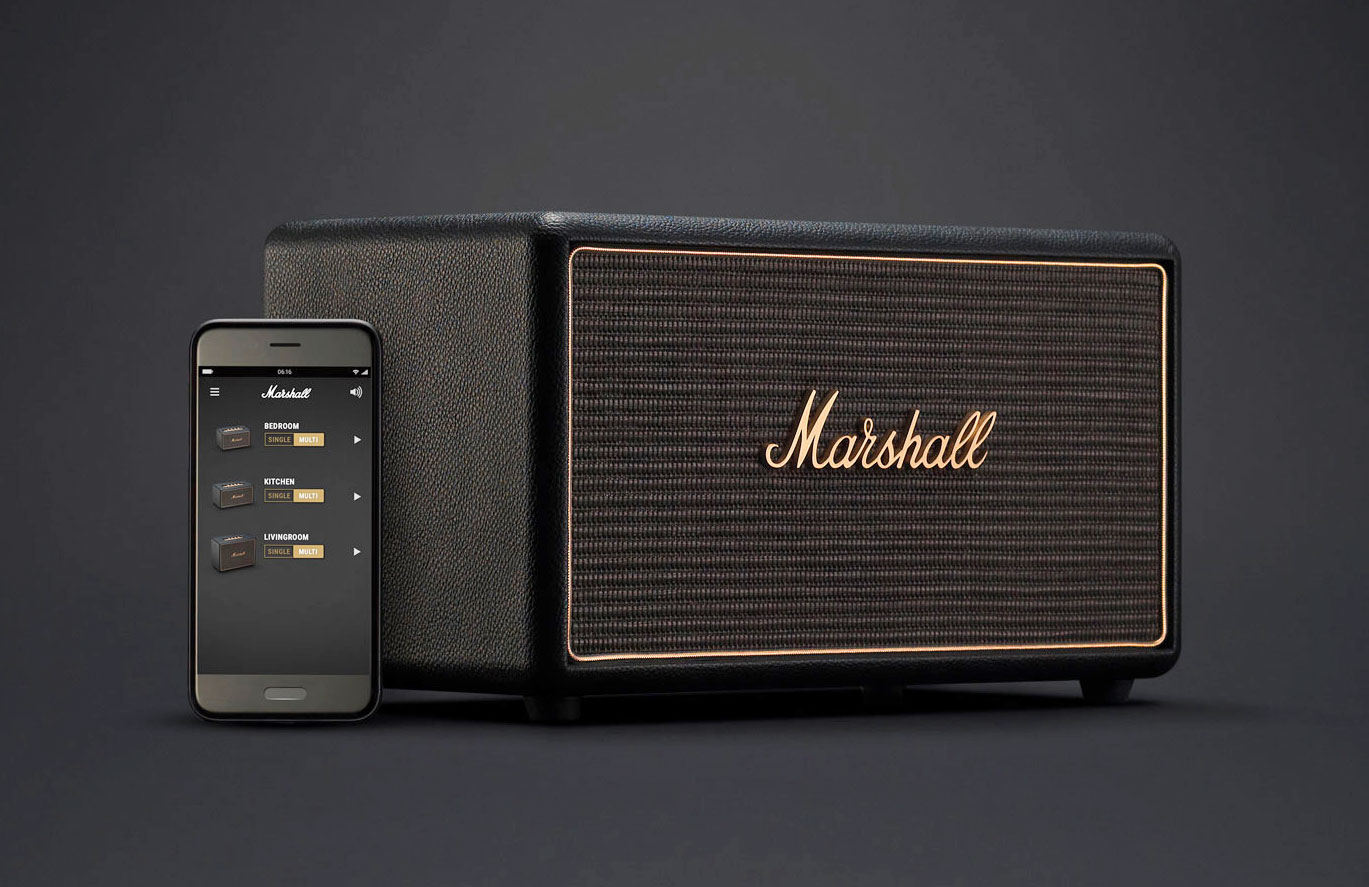'Happy' Music May Boost Brain's Creativity, Study Says
Most people know intuitively that music can be a good way to pump yourself up or get the creative juices flowing — and a new
study brings some scientific evidence to the connection. It finds that people asked to listen to positive-sounding music had a measurable boost in creativity compared with people listening to other types of music. The phenomenon might be a good one to keep in mind when you’re feeling blocked or in a creative cul-de-sac.
“Creativity is the driving force behind scientific, technological and cultural innovation, and it can be considered one of the key competences for the 21st century,” the authors write in their paper. “However, we are in a creativity crisis, people in general are thinking less creatively than before.”
To test the role music may play, they had participants come into the lab and listen to one of four types of music. The music had either a positive or negative valence, and was either high or low in arousal. For instance, music that had high arousal and positive valence was dubbed “happy” music (the Spring movement of Vivaldi’s The Four Seasons). Music that was high in arousal but negative in valence was dubbed “anxious” music. The other two groups, positive and negative low-arousal music, respectively, made for “calm” and “sad” music. A control group listened to silence.
The participants listened to their respective selections and then took tests to gauge their creativity, or divergent thinking—the ability to generate novel ideas and conjure up multiple solutions to a problem. Here it was measured with the Alternative Uses Task, which generally asks people to think of as many alternative uses for common objects as they can—for instance, a brick. Convergent thinking, the doppelganger of divergent thinking, is using the information you have at your disposal to arrive a single correct answer. It was measured with tests like the Remote Associates Task, where the person has to come up with a word that links three others (e.g., for “bar,” “dress,” and “glass,” the fourth word would be “cocktail”).
People who listened to happy music scored higher on the tests for divergent thinking, but not on convergent thinking. People listening to other types of music didn’t show the same difference.
The results aren’t entirely surprising, but why would the connection between happy, upbeat music and creativity exist, neurologically? The authors suggest that the music might affect flexibility of thought: One model of creativity, for instance, suggests that creativity comes from two traits—persistence and flexibility. And, they write, “situational variables can influence creativity either through their effects on persistence, on flexibility, or on both.”
The difference in convergent and divergent thinking is largely about “digging deeper” vs. “digging elsewhere,” the authors say. They give the example of bringing medical technology to developing countries: There’s a high number of newborn deaths that are due to a lack of resources to fix broken incubators. A convergent thinking (“digging deeper”) solution might be to develop tech that's less likely to break down, or train local residents to fix the incubators. But a divergent thinking (“digging elsewhere”) solution might be to make the incubators of car parts, so that a larger number of people would already be familiar with the basic function.
In other words, creativity might be about transcending our usual ways of thinking, and being able to see novel routes to a solution. More research needs to be done to see how music compares with other methods to enhance creativity, but it might be relatively a cheap and easy way to boost creativity in any discipline that benefits from it, from medicine to technology to the arts to politics.
“Employing music listening as a means to stimulate creativity has yet, remained relatively unexplored,” the team concludes. "In addition to the scientific contribution, the current study may provide important practical implications—music listening may be useful to promote creative thinking in inexpensive and efficient ways in various scientific, educational and organizational settings when creative thinking is needed.”
















